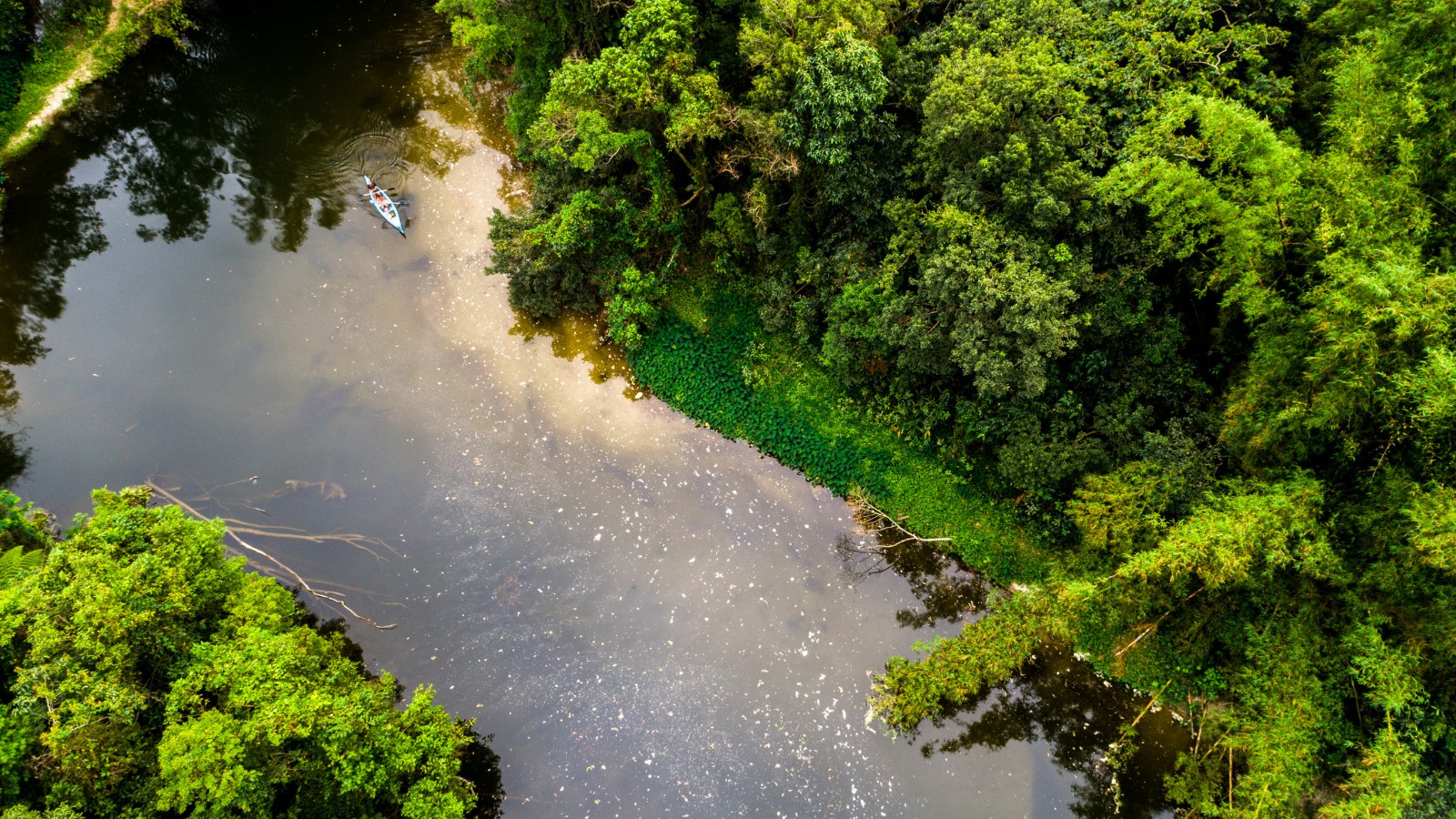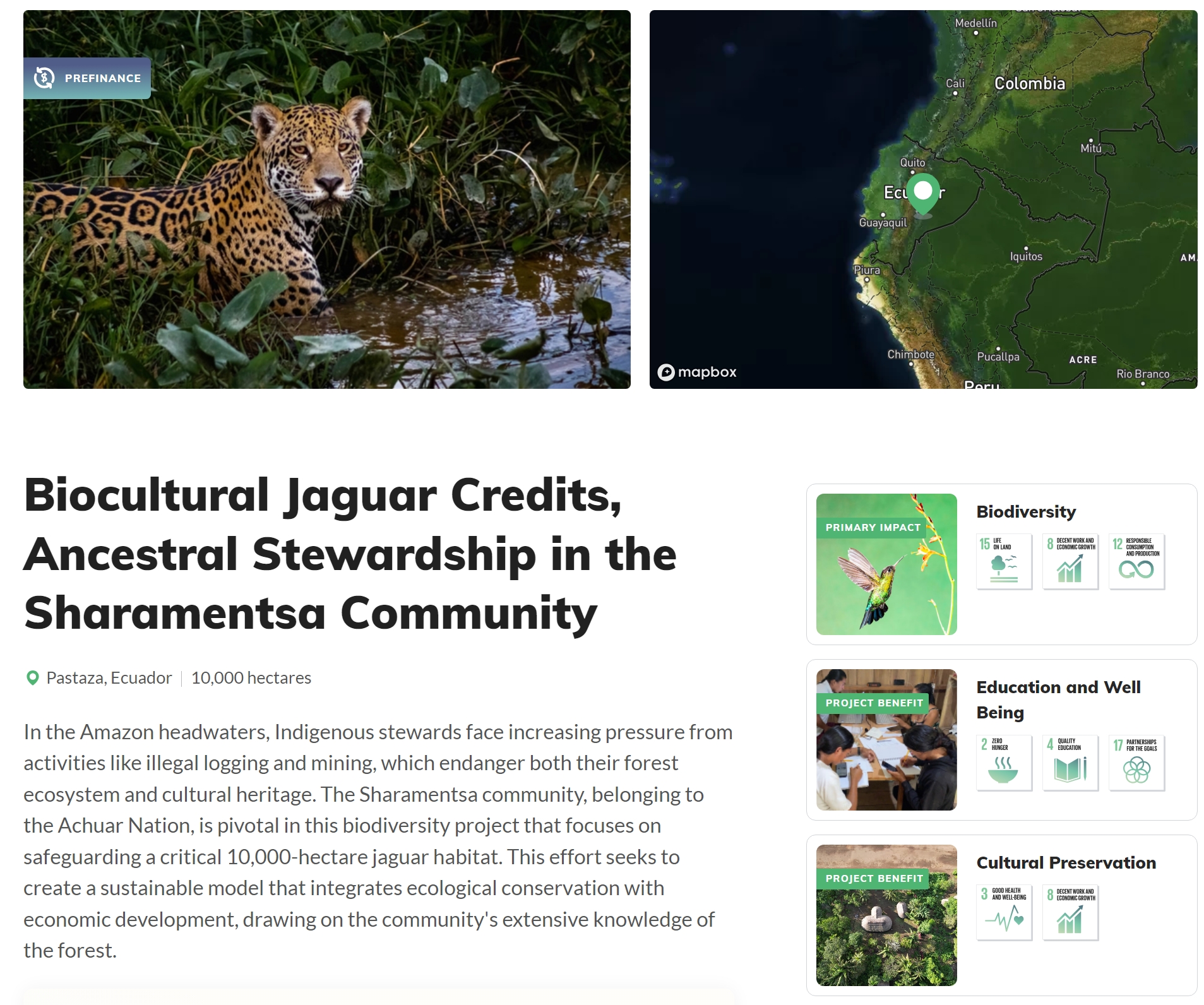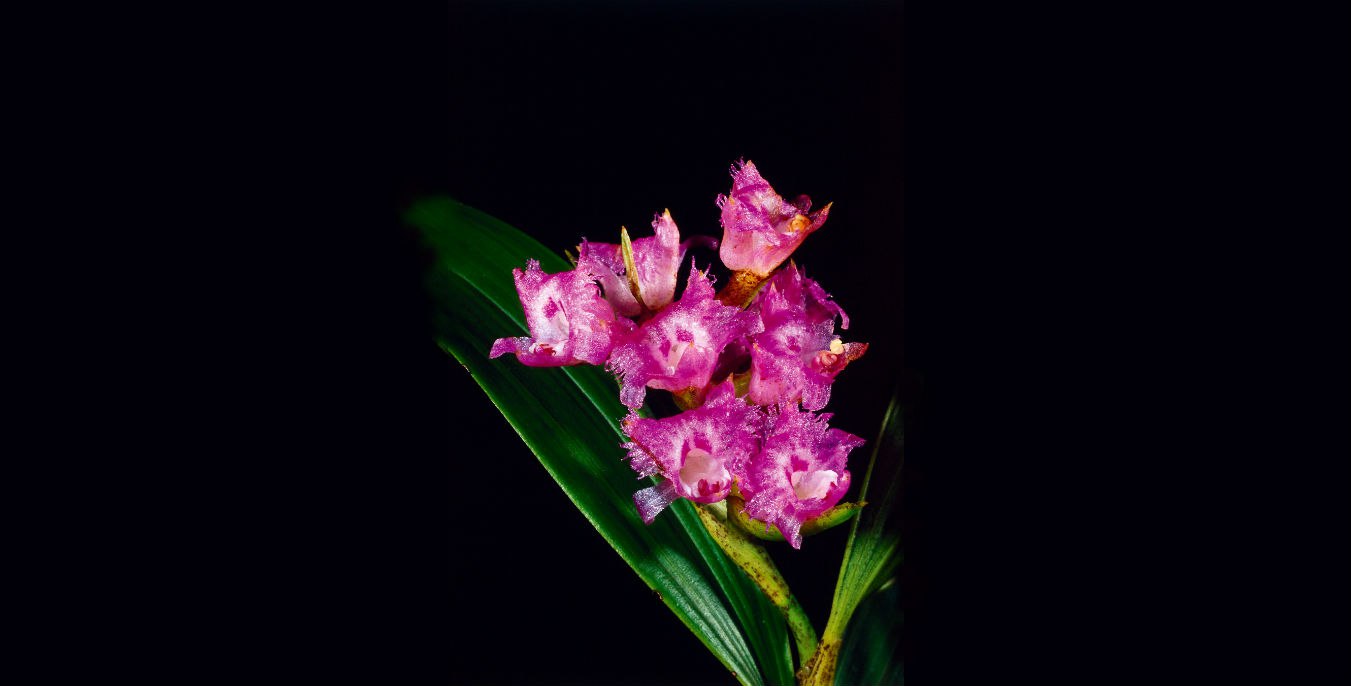Unlocking Blockchain Solutions to Protect Latin America's Biodiversity
Tereza Bizkova explores the ways in which blockchain-based solutions are being used to help protect the region's rich ecosystems.
By Tereza Bizkova | September 12th, 2024

Did you know that Latin America and the Caribbean, while covering only 16% of the Earth’s land surface, are home to an astonishing 50% of the world’s known biodiversity?
The region’s dominance as an ecological powerhouse hardly surprises, with countries like Brazil, Colombia, Ecuador, Mexico, Peru, and Venezuela representing key biodiversity hotspots. Home to species like jaguars, Andean condors, and Amazon river dolphins, these ecosystems sustain rich biodiversity and play a critical role in regulating the global climate by sequestering carbon, producing oxygen, and maintaining essential water cycles.
However, this immense biodiversity is under serious threat. Since 1970, Latin America has experienced the sharpest wildlife population declines in the world, with one in five animal species now at risk of extinction.
This rapid decline is driven by deforestation, land-use changes, pollution, climate change, and overexploitation of natural resources. According to ReVista: Harvard Review of Latin America, much of this biodiversity loss can be traced to the commercialisation of nature. As capitalism expanded, species with market value were exploited, while others were displaced to make room for agriculture and ranching.
A great example is Mexico’s Michoacán state, where monoculture avocado farming has driven widespread deforestation, putting species like the Mexican spotted owl—already on edge—closer to extinction. The rush for "green gold" has cleared vast forests, damaging biodiversity, disrupting water cycles, and causing soil erosion. Such single-crop farming weakens ecosystem resilience, leaving the land more vulnerable to environmental collapse.
The Amazon Basin faces an especially urgent threat. As of 2022, 17% of the Amazon forest has been completely lost, with another 17% degraded. Around 80% of this deforestation is linked to cattle ranching, as the demand for pastureland continues to drive forest clearing. This destruction has severely impacted species like the jaguar and harpy eagle, both of which depend on large, intact forests to survive. Illegal logging and mining further worsen the situation, accelerating biodiversity loss and releasing stored carbon into the atmosphere, contributing to the ongoing climate crisis.
Political instability adds another layer of complexity. In Brazil and Peru, environmental regulations often change with new governments, leading to spikes in deforestation during election cycles when industrial interests overshadow conservation efforts.
With these challenges, blockchain-based solutions are starting to show promise as practical tools for biodiversity protection. Their transparency helps track supply chains, tokenise carbon credits, and monitor ecosystems in real time. By improving accountability and promoting sustainable practices, these solutions offer new ways to address long-standing conservation challenges.
So, if biodiversity “silently” sustains humanity’s well-being, what are blockchain-based solutions doing to protect it in the heart of the world’s most biodiverse regions?
Tokenised credits for biodiversity and ecosystem protection
Tokenising credits holds interesting potential for financing biodiversity protection in Latin America. By tying economic incentives to environmental conservation, tokenisation encourages sustainable practices, while ensuring transparency and accountability for all stakeholders
Whether through carbon or biodiversity credits, this model turns ecosystem services into tradable assets, creating new pathways for scalable and sustainable conservation efforts.
One of the most powerful examples is the Jaguar Stewardship Credits initiative, led by Regen Network, ERA Brazil, and Instituto Homem Pantaneiro. Focused on safeguarding habitats in Ecuador and Brazil’s Pantanal, these jaguar credits are issued when conservation milestones are reached, providing local communities with financial rewards directly tied to their land stewardship. This offers a sustainable alternative to destructive practices like logging and mining, making habitat protection both ecologically and economically viable.

Source: Regen Network marketplace
The jaguar credits use satellite monitoring and on-the-ground data collection to track and verify conservation progress in real time. Stakeholders can trace each step of the conservation process, from habitat protection to ecosystem health. Beyond protecting jaguars, the credits support water cycles, soil health, and overall biodiversity, ensuring long-term environmental resilience.
As of April 2024, $43,500 worth of credits have been sold or committed, covering approximately two-thirds of the total projected 75,300 credits, with full delivery expected by January 2025.
In one of its projects in Peru, Earthbanc utilises blockchain and satellite monitoring to conserve the Amazon Rainforest. Partnering with BAM, the project supports local communities through sustainable Brazil nut production, protecting around 290,714 hectares of rainforest. This approach not only provides economic benefits but also generates Verified Carbon Standard (VCS) credits, enhancing conservation effectiveness and biodiversity preservation with real-time monitoring.
In Brazil, Moss.Earth uses tokenised carbon credits to support Amazon Rainforest conservation, with each credit representing one ton of CO2 sequestration. They’ve directed over $30 million towards these efforts, benefiting local jobs and preserving biodiversity. It’s worth noting that while tokenised carbon credits aim to address some issues of traditional carbon markets, they also have their own set of challenges.
Real-time biodiversity monitoring
Another area where blockchain-based solutions can shine is real-time biodiversity interventions: helping to stop illegal activities like deforestation or poaching right as they happen. And, naturally, faster responses can result in much better protection for vulnerable ecosystems.
Rainforest Connection (RFCx) is one such project that uses old smartphones retrofitted with solar panels and AI-powered software to act as the "ears" of the rainforest. These devices are placed high in the forest canopy to listen for sounds like chainsaws, vehicles, and gunshots—signs of illegal activity.

Source: Yahoo
When these sounds are detected, real-time alerts are sent to rangers on the ground, enabling fast responses. What makes RFCx particularly innovative is its use of blockchain to store audio and photographic evidence, creating a secure and tamper-proof record that can be used in legal proceedings.
On a cute sidenote: Rainforest Connection has an app (Google Play, App Store) where you can stream live rainforest sounds — from places like Peru and Costa Rica — straight to your phone.
Meanwhile, GreenPill Brasil takes a different route by tapping into community-driven efforts to monitor biodiversity. Through their GreenGoods app, participants gather and upload real-time data about species and ecosystems directly to the blockchain. As a reward, they receive tokenised incentives, encouraging ongoing participation in conservation efforts.
Beyond data collection, GreenPill Brasil also promotes sustainable practices, such as stingless bee farming, which is vital for pollination and maintaining healthy ecosystems. By turning community knowledge into actionable conservation, the project creates a transparent system where environmental protection and economic benefits go hand in hand.
Biodiversity coordination layer
Blockchain-based solutions are emerging as key tools in linking human coordination and biodiversity conservation. These systems create new frameworks that allow diverse stakeholders—including local communities, NGOs, businesses, and governments—to collaborate more effectively to protect ecosystems.

Source: Inkaterra
An interesting example is Inkaterra Asociación in Peru, which recently used blockchain to certify the authenticity and traceability of 26 newly discovered orchid species at its Machu Picchu Pueblo Hotel. This project demonstrates how blockchain-based solutions can provide a platform for various stakeholders—scientists, local communities, and international partners—to collaborate on protecting biodiversity. By securing the origin and scientific validity of these orchids, Inkaterra aims to create a transparent and verifiable system that encourages international cooperation.
Another example, though also leveraging tokenisation, is Fundación Futuro’s NFTrees project in Ecuador. While NFTrees focuses on carbon offsets, it plays a broader role by creating an ecosystem where landowners, local communities, and businesses work together to protect biodiversity-rich areas like the Chocó Andino. Blockchain-based governance solutions enable these stakeholders to collaborate more effectively, with a shared understanding of the conservation goals and outcomes.
Other examples
There are, of course, a number of other examples of projects leveraging blockchain for biodiversity in Latin America:
- Ekonavi - A collaborative platform catalysing ecological regeneration in Brazil and beyond.
- Silvi - Helping a billion people plant a trillion trees.
- Open Forest Protocol - A scalable open platform that allows forest projects of any size to measure, report, and verify (MRV) their forestation data.
- KOKO DAO - Working with rural Colombian communities to create viable economic models as an alternative to small-scale deforestation.
- MesoReefDAO - Scaling coral reef conservation in the Mesoamerican Barrier Reef System.
- BioCarbon Registry - Creating incentives for climate change mitigation actions and biodiversity conservation commitment.
- Biota Nexus - A global open market for biodiversity credits.
- Endangered Tokens Foundation - A decentralised investment community for biodiversity preservation, giving value and governance to stakeholders through crypto assets.
- Sovereign Nature Initiative - Empowering companies to generate value for biodiversity and report their impact in a creative and credible way.
- Savimbo - An interchange for fair-trade carbon offsets that provides buyers direct access to the people who are doing the work to preserve rainforests.
- Terrasos - Structuring and operation of environmental investments.
Overall, blockchain-based solutions are already proving their value in biodiversity conservation across Latin America, but involving established institutions and nonprofits could amplify their impact even further. The challenge now is to demonstrate that these solutions can integrate with existing conservation efforts to provide scalable, long-term impact.
Just as important is ensuring that these new systems don’t fall into the same traps as traditional structures—such as centralisation or inefficiency—allowing for more inclusive, transparent, and resilient conservation strategies going forward.
This article represents the opinion of the author(s) and does not necessarily reflect the editorial stance of CARBON Copy.